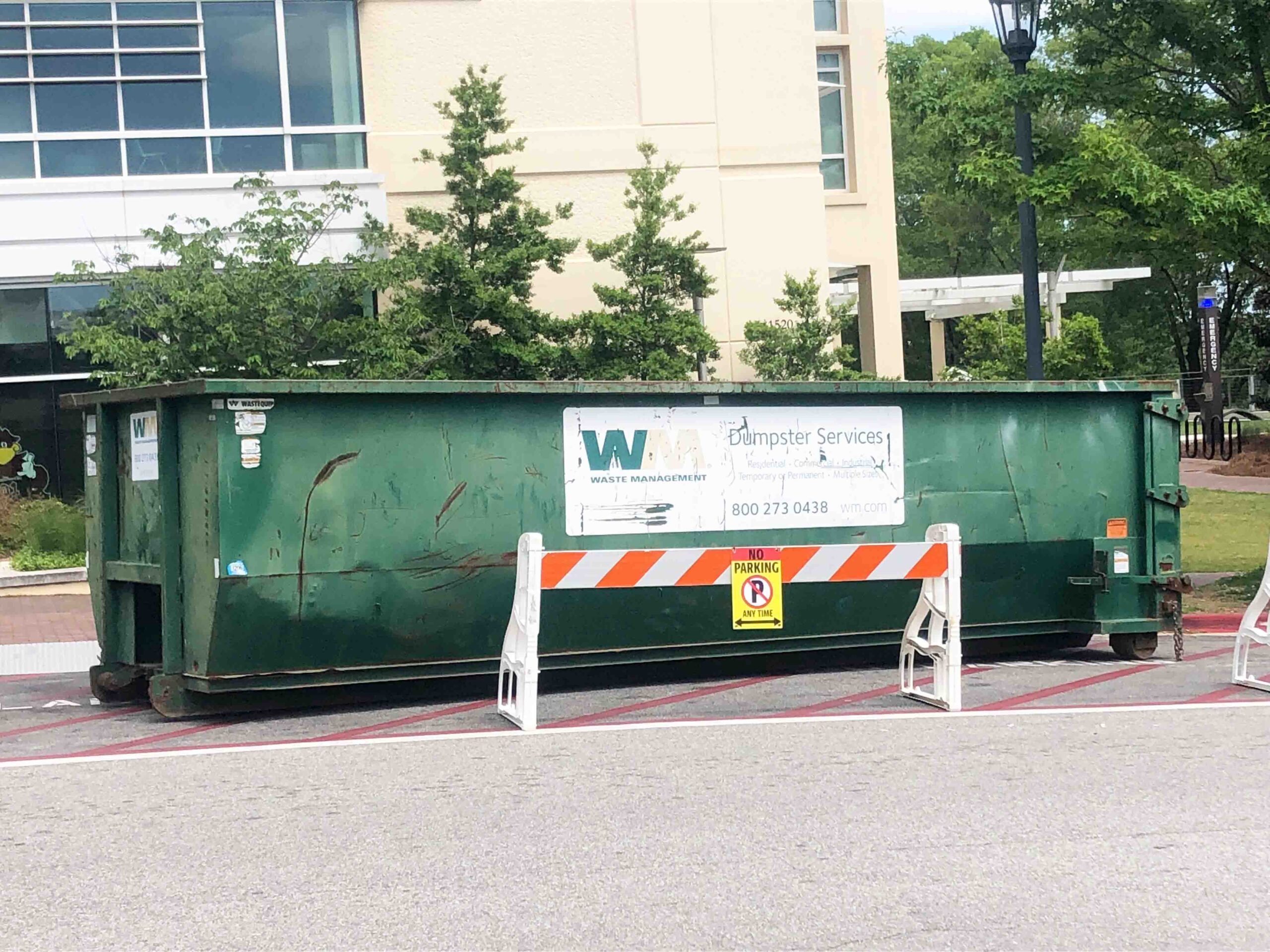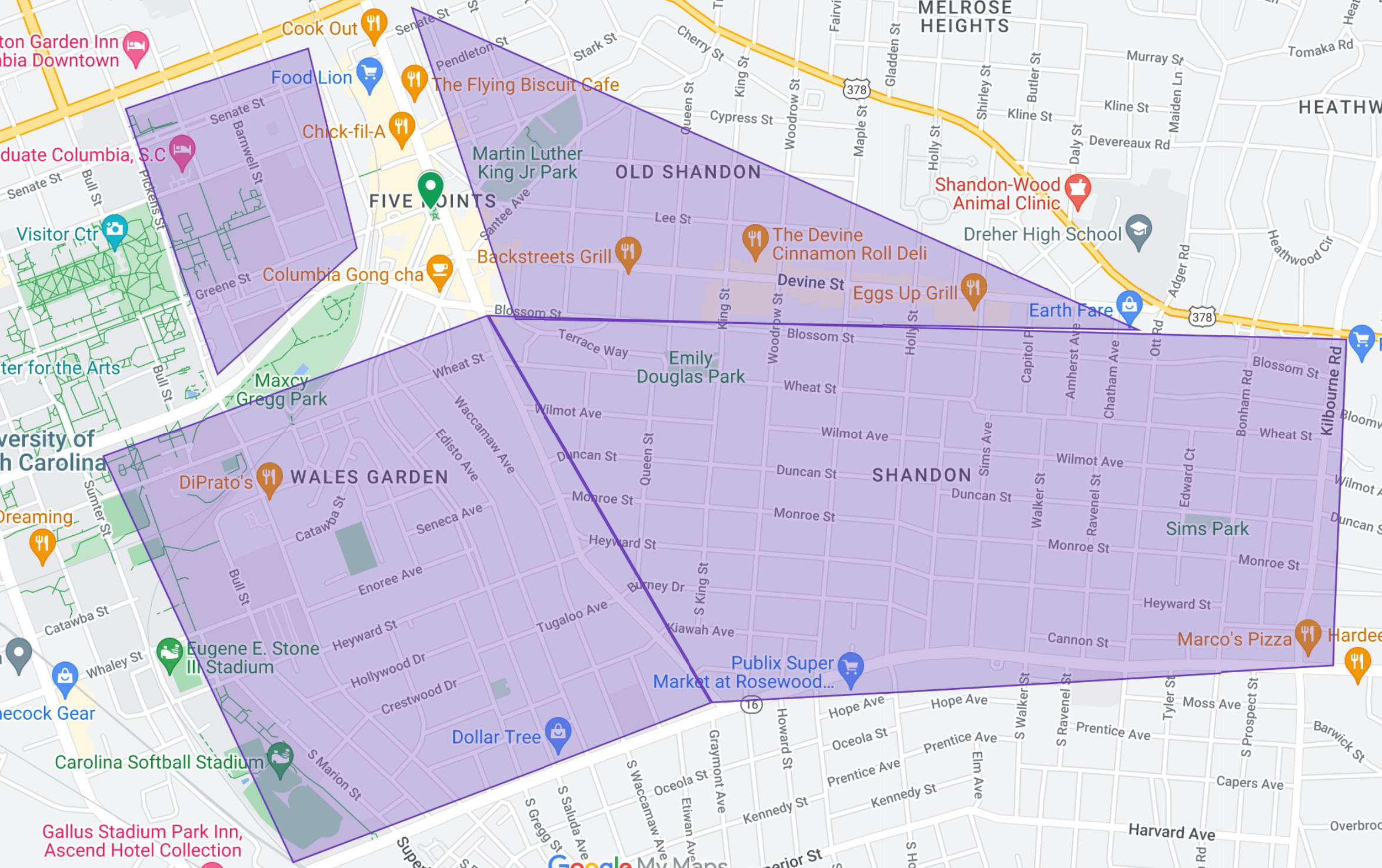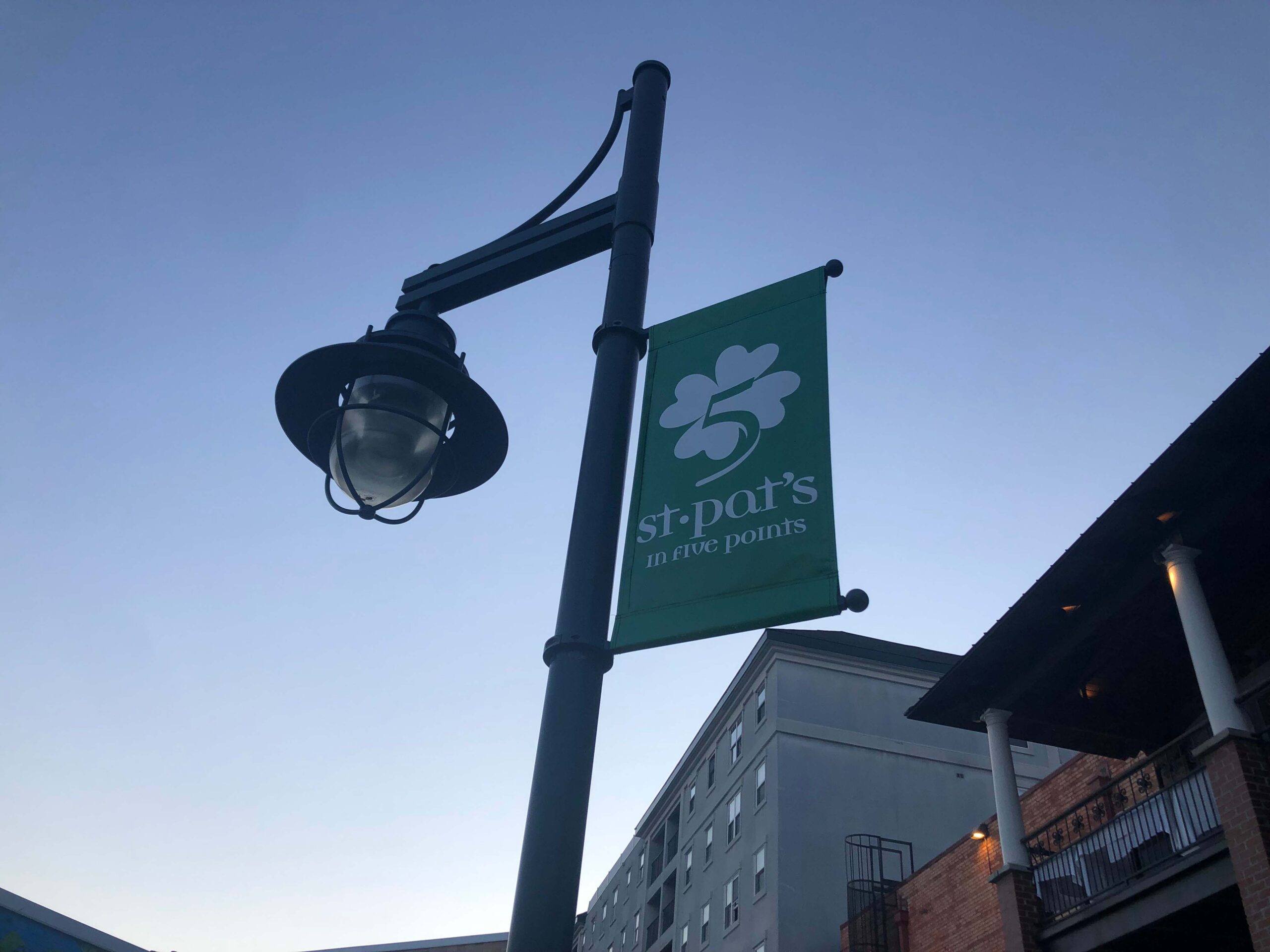St. Pat’s in Five Points is the largest one-day festivals in South Carolina, with more than 30,000 attendees decked out in green. (Photos by Amanda Petty/Carolina News and Reporter)
In one 12-hour day, St. Pat’s in Five Points produced 24,000 pounds of trash this year.
That’s equivalent to two fully grown elephants, or about 12 ounces of trash for each of the 32,000 festival goers.
Exactly how to manage trash from festivals is the elephant in the room for Columbia – but one that city leaders and festival organizers are wanting to address.
“Music festivals are actually quite an issue in our community. … But yeah, that’s a problem, and 12 tons is a lot,” said Traude Sander, the executive director for Keep the Midlands Beautiful.
St. Pat’s in Five Points is one of the most iconic Columbia events. In its 42nd year, it’s also the biggest one-day festival in the state. The challenge now is how to minimize the amount of trash festival-goers create so the event can be more green.
Right now, minimizing the mess during the festival and cleaning up quickly afterward is a coordinated effort involving the city’s Public Works Administration, the Five Points Association and volunteers.
“It takes a village, really, with St. Pat’s,” said Samantha Yager, Columbia’s solid waste superintendent.
The city provides 300 rolling dumpsters that the Five Points Association helps distribute early-morning before the festival. Throughout the day, volunteers continue distributing them.
The city also puts inserts into the storm drains to protect the system from clogs, in case anything floods.
City workers empty the rolling dumpster carts throughout the day, to keep them from overflowing.
Afterward, backpack blowers are used to collect trash from parking lots, sidewalks and curbs. Street sweepers then pick it up. That takes about five hours, ending after midnight.
“It’s quite an endeavor to clean up after thousands of people,” Yager said.
The next day, Sunday morning from 7 to 9 a.m., city workers blow and sweep again, to get rid of any remaining trash.
“It’s a big point of pride for us to have Five Points and any other hospitality district ready for Sunday business,” Yager said.
Cleaning up the neighborhoods
The other half of the battle starts at 10 a.m.
Volunteers with the Five Points Association go into the surrounding streets to clean up.
“We just comb through the neighborhoods and look in bushes and on the ground and just pick up any trash that we see,” said Stephanie Bailey, president of the Five Points Association.
Mary Dell Hayes, the volunteer coordinator for St. Pat’s, said the festival usually has six teams of 10-15 volunteers that canvass Wheeler Hill, Hollywood-Rose Hill, Shandon, University Hill, the Devine Street District and the MLK neighborhoods.
“They patrol the streets and make sure that the neighborhoods are cleaned up,” she said. “And, you know, we’re not going to come clean up your yard if you clearly had a party in it. But if there is an errant turkey leg discarded, we will make sure that is not left there.”
Hayes said the organization sends out a volunteer training video a week before, to make sure everyone is prepared for Sunday’s work.
Dayna Elliott, a resident of Wheeler Hill and a third-year volunteer, headed up her team of helpers to clean her neighborhood.
“Well, I’m 77 years old,” she said. “I wanted to do what I could.”
She said the volunteer cleanup takes about two hours or more. Each person received free passes to this year’s festival and other swag for their work.
Longtime University Hill resident Cynthia Morrison said St. Pat’s has changed for the better.
“It was a nightmare early-on because it was super loud, and you couldn’t go to sleep until 2 in the morning, and the trash was horrendous,” she said.
She likes that police now put up safety barriers, so that only neighborhood residents can park on the block.
Morrison said there will always be litter, but it’s not terrible.
“Late at night, there will be those who are still in the spirit, singing and howling, she said. “There will be others throwing up on the street occasionally, and that’s rare these days.”
Getting greener
When Mazie Cook, the co-founder and creative director of NoMa Warehouse, went to St. Pat’s in Five Points for the first time, she was surprised.
“I just couldn’t believe how much trash there was, especially with aluminum cans that could be easily recycled and that they were just all along the streets,” Cook said.
It inspired her to try to create a zero-waste music festival.
In the summer of 2022, NoMa Warehouse hosted the first Solfest Rollfest music festival, with an emphasis on sustainability, zero waste and clean energy.
“Obviously, this is much smaller than a St. Pat’s event, but it has still proven that if you put forth the effort, you can generate a lot less – and people are really willing to do it,” said Beth Lawson, former owner of NoMa Warehouse.
The one-day event began at noon and ended at 6 p.m on July 2, 2022. The stages were powered by volunteers on bicycle, generating clean energy, and organizers had a mission to try to reduce as much waste as they could.
Cook and Lawson encouraged festival-goers to bring their own cup — an initiative that St. Pat’s adopted this year.
The city provided recycling bins and big water fountains for guests to fill their cups.
Solfest Rollfest also had compost bins for food waste and sold compostable cups for a dollar if a festival-goer forgot their own.
Organizers encouraged biking or walking to the event and open communication with the event’s food trucks about how to control portions and limit waste.
In 2022 at Earlewood Park, the festival filled two trash bins. Last year at NoMa Warehouse, Lawson said there was only one bag of trash.
Cook said to be able to achieve zero waste takes communication, time and effort.
“If you’re willing to put that time and energy in, you can really pull off something that is so much better for the environment, and you still get the music festival experience,” Cook said. “You know, nothing was really taken away other than we just weren’t producing as much waste.”
Because of their success, Lawson said it would not be hard to recreate again or on a larger scale.
She said she “would love to see St. Pat’s take on a sustainability initiative for next year’s festival.”
“We aren’t a huge city, so our numbers aren’t overwhelming,” Lawson said. “We’re not having a million-person concert at Central Park. So it’s definitely doable, even on that scale, even if it’s a challenge. And I think there’s enough people and organizations that care.”
Sustainable music festivals are one of Cook’s passions, and she said events with alcohol are a great place to start going green.
“We’ve been doing things the same way — especially when it comes to music festivals — for so long. …,” she said. “A good place to start is explaining why it matters, explaining it, and once you do it one time, you know you have it down and you can implement it.”
St. Pat’s in Five Points produced 24,000 pounds of waste this year. The garbage would fill up four of these dumpsters and then some.
St. Pat’s volunteers canvass Five Points after the festival to pick up litter. They also go into Wheeler Hill, Hollywood Rose Hill, Shandon, University Hill, the Devine Street District and the MLK neighborhood.
The festival’s setup and cleanup is a team effort between the city’s Public Works Administration, the Five Points Association and teams of volunteers.





